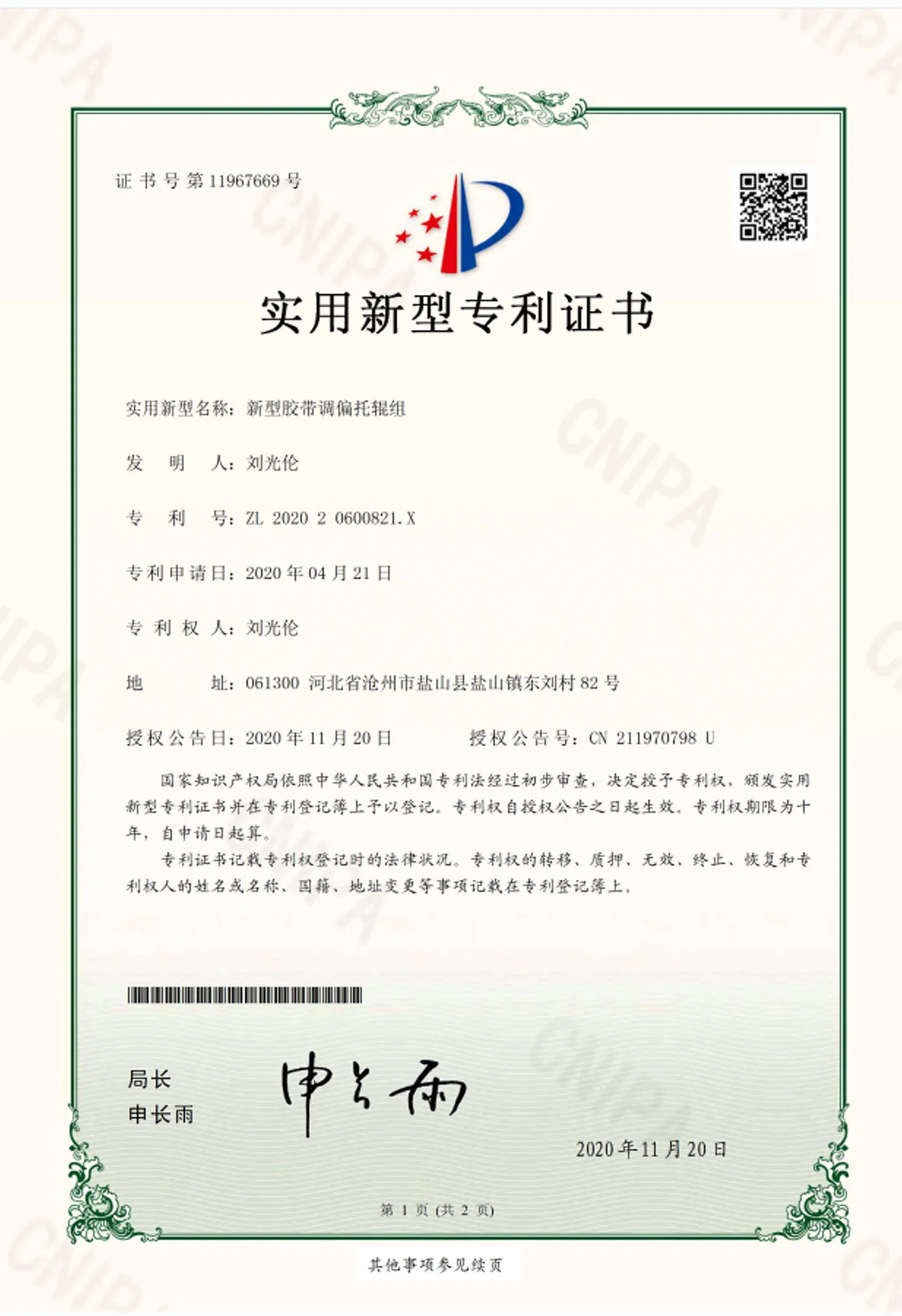 Afrikaans
Afrikaans  Albanian
Albanian  Amharic
Amharic  Arabic
Arabic  Armenian
Armenian  Azerbaijani
Azerbaijani  Basque
Basque  Belarusian
Belarusian  Bengali
Bengali  Bosnian
Bosnian  Bulgarian
Bulgarian  Catalan
Catalan  Cebuano
Cebuano  Corsican
Corsican  Croatian
Croatian  Czech
Czech  Danish
Danish  Dutch
Dutch  English
English  Esperanto
Esperanto  Estonian
Estonian  Finnish
Finnish  French
French  Frisian
Frisian  Galician
Galician  Georgian
Georgian  German
German  Greek
Greek  Gujarati
Gujarati  Haitian Creole
Haitian Creole  hausa
hausa  hawaiian
hawaiian  Hebrew
Hebrew  Hindi
Hindi  Miao
Miao  Hungarian
Hungarian  Icelandic
Icelandic  igbo
igbo  Indonesian
Indonesian  irish
irish  Italian
Italian  Japanese
Japanese  Javanese
Javanese  Kannada
Kannada  kazakh
kazakh  Khmer
Khmer  Rwandese
Rwandese  Korean
Korean  Kurdish
Kurdish  Kyrgyz
Kyrgyz  Lao
Lao  Latin
Latin  Latvian
Latvian  Lithuanian
Lithuanian  Luxembourgish
Luxembourgish  Macedonian
Macedonian  Malgashi
Malgashi  Malay
Malay  Malayalam
Malayalam  Maltese
Maltese  Maori
Maori  Marathi
Marathi  Mongolian
Mongolian  Myanmar
Myanmar  Nepali
Nepali  Norwegian
Norwegian  Norwegian
Norwegian  Occitan
Occitan  Pashto
Pashto  Persian
Persian  Polish
Polish  Portuguese
Portuguese  Punjabi
Punjabi  Romanian
Romanian  Russian
Russian  Samoan
Samoan  Scottish Gaelic
Scottish Gaelic  Serbian
Serbian  Sesotho
Sesotho  Shona
Shona  Sindhi
Sindhi  Sinhala
Sinhala  Slovak
Slovak  Slovenian
Slovenian  Somali
Somali  Spanish
Spanish  Sundanese
Sundanese  Swahili
Swahili  Swedish
Swedish  Tagalog
Tagalog  Tajik
Tajik  Tamil
Tamil  Tatar
Tatar  Telugu
Telugu  Thai
Thai  Turkish
Turkish  Turkmen
Turkmen  Ukrainian
Ukrainian  Urdu
Urdu  Uighur
Uighur  Uzbek
Uzbek  Vietnamese
Vietnamese  Welsh
Welsh  Bantu
Bantu  Yiddish
Yiddish  Yoruba
Yoruba  Zulu
Zulu Understanding Take-Up Pulleys in Belt Conveyor Systems for Enhanced Performance
The Role of Take-Up Pulley in Belt Conveyors
Belt conveyors are ubiquitous in various industries, playing a critical role in material handling and transportation. One key component of any belt conveyor system is the take-up pulley. This article delves into the function, significance, and best practices associated with take-up pulleys in belt conveyors.
Understanding the Take-Up Pulley
The take-up pulley, sometimes referred to as a tensioning pulley, is responsible for maintaining tension in the conveyor belt. This component ensures that the belt operates smoothly by preventing slippage or sagging, which can lead to inefficiencies and potential damage. The take-up pulley is usually located at the discharge end or in the center of the conveyor, depending on the specific design and operational requirements.
Functions of the Take-Up Pulley
One of the primary functions of the take-up pulley is to provide adequate tension to the conveyor belt. This tension is crucial as it helps in maintaining the belt’s alignment, ensuring that materials are transported efficiently from one point to another without interruption. Inadequate belt tension can lead to various issues, including
1. Belt Slippage If the belt is not taut enough, it may slip on the pulleys, resulting in loss of productivity and potential damage to the conveyor system. 2. Belt Misalignment Insufficient tension can cause the belt to drift off track, leading to uneven wear and tear, increasing maintenance costs. 3. Reduced Load Capacity A properly tensioned belt can support heavier loads; if the tension is insufficient, the load capacity of the conveyor system may be compromised.
Apart from these, the take-up pulley also plays a role in adjusting the belt length. As belts stretch over time due to wear and tear, the take-up pulley allows for recalibration, facilitating seamless operations.
Types of Take-Up Mechanisms
There are various types of take-up mechanisms available, which can be categorized mainly into two types
1. Fixed Take-Up This is a stationary pulley, where adjustments are made manually by re-positioning the belt or through additional mechanical means. While this is a simpler design, it may require more frequent maintenance.
take up pulley in belt conveyor

2. Automatic Take-Up These systems automatically adjust the tension of the belt as it stretches or contracts during its operation. Automatic systems often employ gravity or spring mechanisms to provide consistent tension without manual adjustment.
Importance in Operations
The take-up pulley is crucial for the longevity and efficiency of belt conveyor systems. Industries that rely on consistent material flow, such as mining, manufacturing, and logistics, understand that neglecting tensioning can lead to costly downtime and repairs. By ensuring that the take-up pulley is functioning correctly, operators can maintain optimal performance, reduce operational costs, and enhance the lifespan of the conveyor belt.
Best Practices for Maintenance
To optimize the function of the take-up pulley, several best practices should be implemented
1. Regular Inspections Routine checks of the take-up system will help to identify signs of wear and potential malfunction before they lead to larger issues.
2. Proper Alignment Ensuring that the take-up pulley is aligned correctly can prevent uneven wear on the belt and reduce the risk of slippage.
3. Tension Adjustments Monitoring and adjusting tension as needed can help maintain optimal performance and extend the life of both the pulley and the conveyor belt.
4. Lubrication Regular lubrication of moving parts will help reduce friction, leading to smoother operations and decreased maintenance frequency.
In conclusion, the take-up pulley is an essential component of a belt conveyor system, ensuring the effective handling of materials through proper tension and alignment. By adhering to maintenance best practices and understanding its significance, operators can significantly enhance the efficiency and reliability of their conveyor systems.
-
Trusted Conveyor Solutions from Leading Conveyor Idler Roller ManufacturersNewsJun.27,2025
-
Reliable Return Idler Solutions for Efficient Belt Conveyor SystemsNewsJun.27,2025
-
Precision Conveyor Accessories for Streamlined Material HandlingNewsJun.27,2025
-
High-Quality Belt Conveyor Idler Solutions for Efficient Material HandlingNewsJun.27,2025
-
High-Performance Belt Conveyor Pulleys for Reliable Material HandlingNewsJun.27,2025
-
Enhancing Material Handling EfficiencyNewsJun.27,2025





























